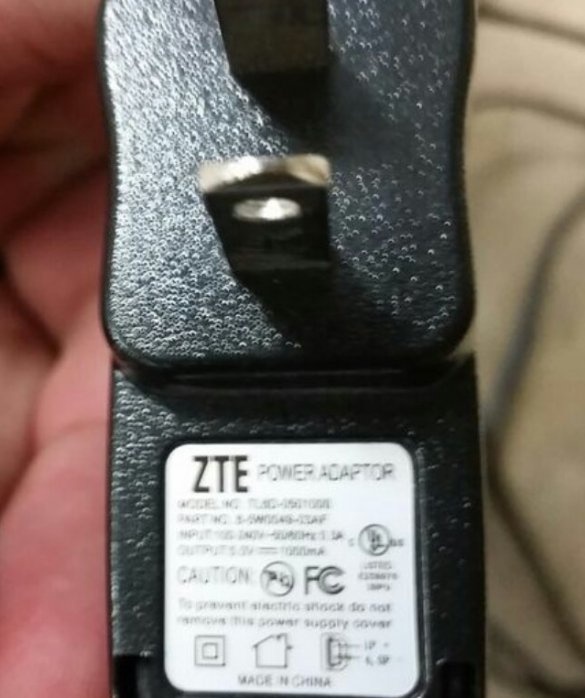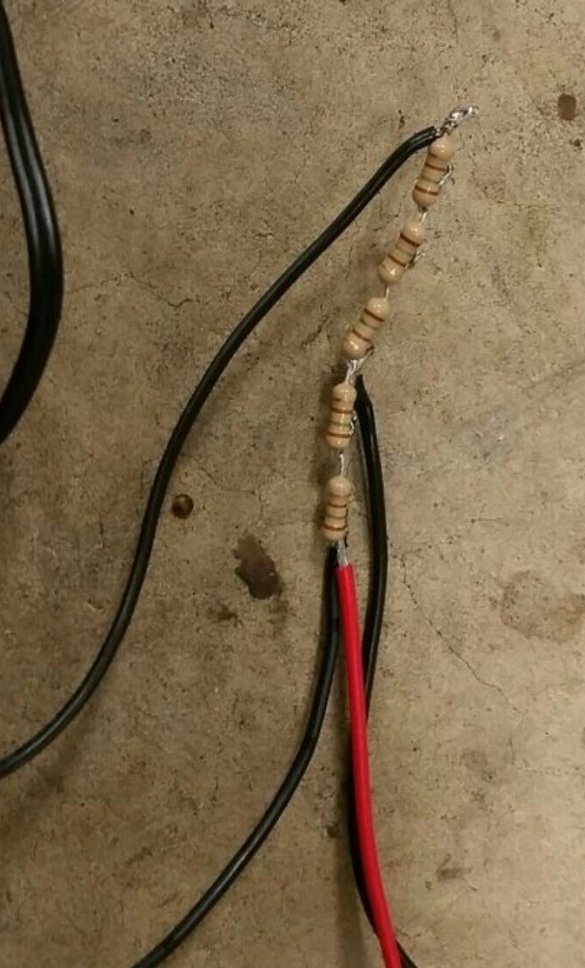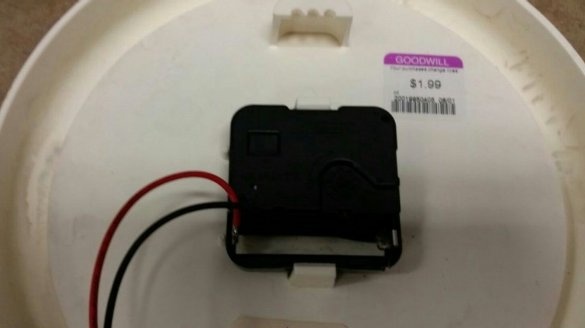The author of Instructables, under the nickname joeynovak, bought a whole tray of old UPSs from the college and decided to find out in which of them it was time to change the batteries and which ones would wait. When there is no input voltage, and the uninterruptor runs on battery power, it continuously measures the voltage at its terminals, and when it drops to a certain value, it turns off sharply, preventing overdischarge. This was used by the master. He connected two loads in parallel to the source output. One - with a power of 250 watts. Which one, he does not report, but six 40-watt or ten 25-watt soldering irons on stands will do. Special accuracy is not required there, plus or minus ten to fifteen watts of weather will not do. And as a second load I took a standard power supply with a five-volt output:
Then he made a divider from five series-connected resistors of 150 ohms each. He applied five volts from the power supply to the entire circuit, and removed two volts from the bottom two resistors ...
... with which, observing polarity, a quartz wall clock:
They will not fail, as they are designed for such a small increase in voltage. A fresh AA element also produces by no means 1.5 V, but somewhat more, you can measure. The further test procedure is clear. The master fully charges the battery with regular UPS means. Then it disconnects it from the network, the uninterrupted beep squeaks, but it works, feeding both the 250-watt load and the power supply, from which the clock works through the divider. Simultaneously with disconnecting the source from the network, the master sets 0 hours, 0 minutes on this watch.
When the UPS stops supplying voltage to the output, the clock stops and shows how many minutes have passed. If the master does not like the result, he changes the battery in the uninterruptible power supply.
You can approximately find out the battery capacity by the formula:
C [Ah] = t [min] / 60 (dimensionless value, approximate transformation ratio of the transformer) / 12 [V] (nominal battery voltage).
For a UPS with 240 V at the output, the number 60 is changed to 120. But the master of the UPS with 120 V at the output, and for one of the rechargeable batteries that worked for only one minute, turned out:
250 W * 1 min / 60/12 = 0.347 Ah
Initially, its capacity was 8 Ah; therefore, it was precisely to change.The formula can be refined by taking into account the efficiency of the voltage converter (about 0.8), but this is not necessary.
Commentator Eric Brouwer wrote that he made a rather complicated structure for a similar purpose. Arduino. And following the KISS-principle, I would come to the same decision.




